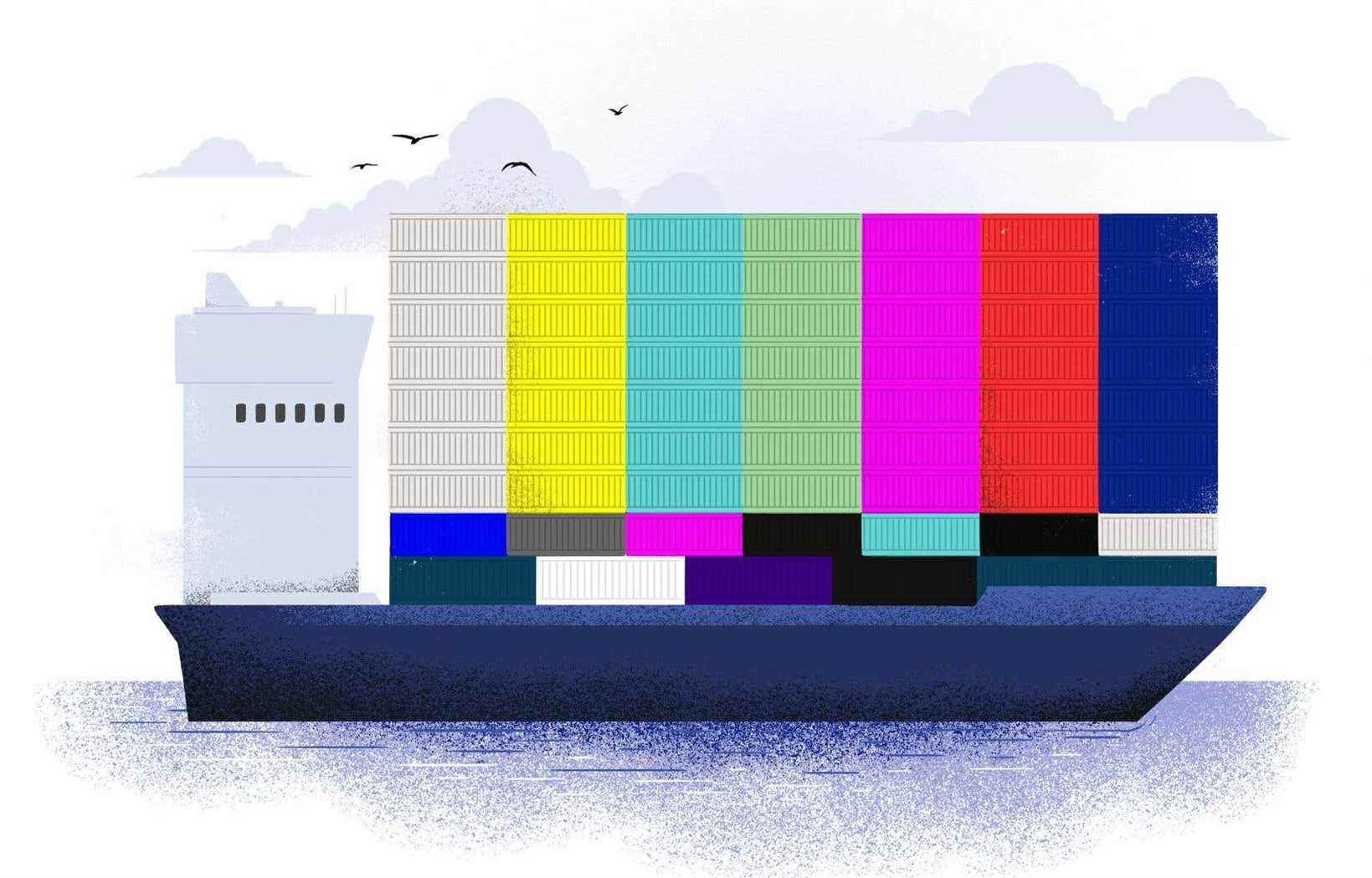COVID-19 has disrupted consumer habits and businesses’ production capacity, causing all kinds of delays and shortages. These supply chain issues are far from over and go beyond the issue of the pandemic.
“I think I can safely say that supply chain disruptions have affected almost everyone recently,” noted in a speech last month by the deputy governor of the Bank of Canada, Toni Gravelle. Whether you are looking to buy a car, a dishwasher, or even some gifts to give your family this holiday season, the reality is that certain goods cannot be obtained and the wait to get them is. others is longer than it was. “
This problem is not only observed in Canada and is largely the result of the pandemic, he recalled. On the one hand, there was this sudden change in consumption habits of households suddenly very interested in certain goods because they could not spend their money on services such as restaurants, shows and tourism. On the other hand, there was the difficulty of companies and their suppliers to meet the demand not only because of its scale, but also the intermittent closures of factories and ports for sanitary reasons, the difficulty of finding the necessary manpower and the reflex that everyone had to try to build up reserves at each stage of production.
This is what Electric Lion did. Seeing the storm coming, the Quebec company quickly made sure to have in its warehouses all the components essential to the construction of the electric vehicles that it promised to deliver until next year. But it still had to deal with the shortage of certain products, recognizes its vice-president of marketing and communications, Patrick Gervais. “Who would have thought that we would run out of glue?” ! “
Increase inventory while waiting to do more
The phenomenon did not fail to push up the price of goods (+ 6.8% in Canada from November 2019 to November 2021, against 4.8% for services). It also shed a harsh light on the vulnerability of increasingly complex and globalized business supply chains in recent years.
Almost half of Canadian businesses said they were struggling with “bottlenecks” in their supply chains at the end of the summer in a Bank of Canada survey, up from 10% before the pandemic.
It’s one thing to realize that you have a problem, but it’s another to make fundamental changes, the consulting firm McKinsey recently observed. As of spring 2020, more than nine in ten companies told him in an international survey that they intended to make their supply chains more flexible, agile and resilient. A year later, 60% had contented themselves with increasing their inventory and 55% had made sure that they had at least two different suppliers for their raw materials, but only 15% had simplified the manufacture of their products and 11% had repatriated at least part of their production to their country. At the same time, less than 50% of the respondents admitted having a precise idea of the nature and the risks inherent in their main suppliers, against 20% for the suppliers of these suppliers, and 2% for the third-level suppliers.
In Canada, just under a third of the companies surveyed by the Conference Board this summer said they wanted to change their supply chain to improve their ability to adapt to changes in demand or reduce their environmental footprint, the same proportion of those who already consider it very good. A fifth of the respondents believed that better account should be taken of consumers’ expectations in terms of local production.
Far from being settled
It must be said that the supply chains of Canadian companies are already much less complex and geographically dispersed than those of their American counterparts, explains the main expert on these questions at the Conference Board, Swapna Nair. Apart from Canada, it is with their neighbor to the south that they find the majority of their suppliers.
That doesn’t mean they shouldn’t pay much more attention to these issues, warns the economist. “A more local supply chain doesn’t protect you from disruption,” she said, citing the recent flooding in British Columbia as an example. And then there is an economic cost to wanting to keep the production stages as close to home as possible. A cost that will have to be reflected in the amounts that consumers will have to pay.
At Lion Electric, during the crisis we went from around 430 to 500 suppliers, but we are trying to do as many production steps as possible ourselves and we favor supply chains that are as short and local. as possible. This applies to vehicles that we build and sell in Quebec, as it does to those that we intend to build and sell in the United States in a new plant in Illinois, says Patrick Gervais. The aim is to improve its efficiency, its capacity for innovation and its environmental footprint.
The Bank of Canada estimated in October that supply chain disruptions would peak towards the end of 2021 before “gradually dissipating in 2022” with its effect on prices. She admitted, however, perhaps underestimating the problem.
“There were already disruptions before the pandemic, observes Swapna Nair. They were linked to factors such as politics, protectionism, climate disasters and labor issues. There will be some after the pandemic. It’s inevitable. The important thing is to prepare for it by seeking efficiency, flexibility, resilience and environmental sustainability. “
